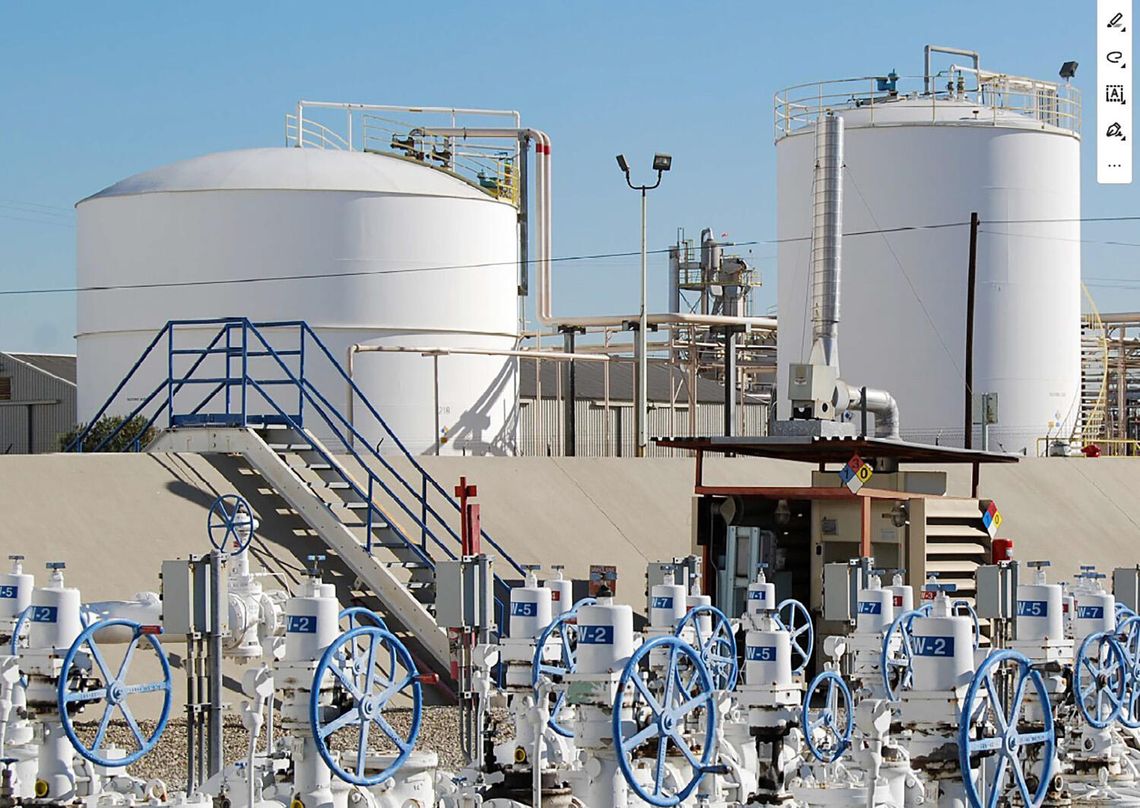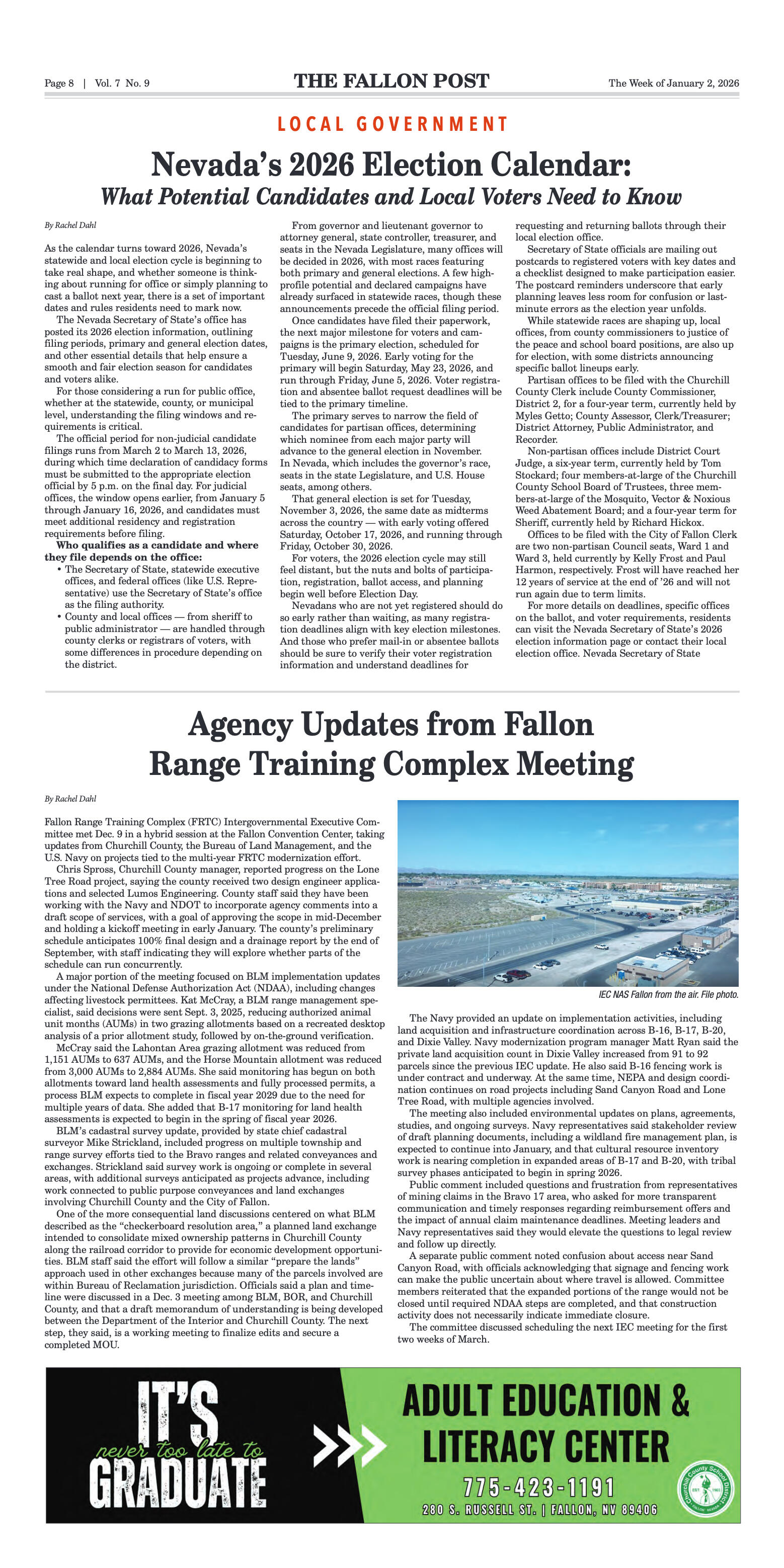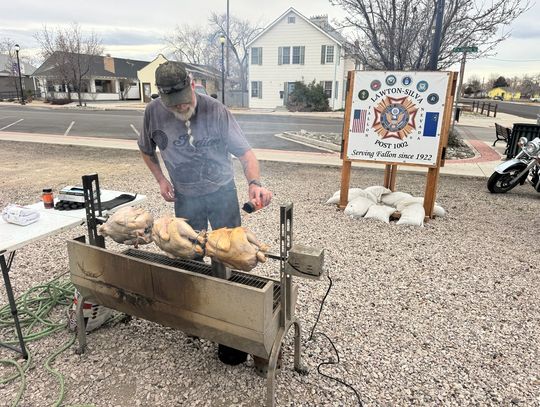The impending closure of two California refineries means Nevadans can expect higher fuel prices. Valero Energy Corporation informed the California Energy Commission that it will shut down refining operations at its Benicia refinery in the Bay Area by the end of April 2026. Meanwhile, Phillips 66 announced that it would close its Los Angeles refinery in the fourth quarter of 2025. The closures will reduce California’s refining capacity by approximately 20 percent.
State Senator Robin Titus sponsored a bill in the recent legislative session to establish an Energy Independence Task Force to explore alternatives to relying on California fuel. While the bill was hugely popular, she said, it never got a hearing. However, Governor Joe Lombardo encouraged her to form a blue-ribbon task force to pursue the issue, which she has started since the legislative session ended in June. She and Lombardo met in Las Vegas recently for preliminary discussions on Nevada’s energy independence. California supplies approximately 88 percent of Nevada’s gasoline, according to Stillwater Associates, a transportation energy consulting firm.
The Kinder Morgan SFPP North Line pipeline transports petroleum products, including gasoline, diesel, and jet fuel, from Northern California refineries and terminals to the Reno Terminal, a facility technically located in Sparks. Kinder Morgan also operates the six-inch pipeline that carries jet fuel 63 miles from the Reno Terminal directly to NAS Fallon. In Southern Nevada, the Kinder Morgan subsidiary CALNEVA pipeline, which originates in Colton, Calif., supplies 90 percent of the fuel used in the Las Vegas area. The CALNEVA eight-inch pipeline transports jet fuel from Las Vegas to Nellis Air Force Base, branching off from the 14-inch pipeline that carries multiple products to Las Vegas.
Areas in Eastern Nevada are serviced by the UNEV pipeline out of Utah, making them less susceptible to market changes driven by California’s supply. The UNEV pipeline brings roughly 15 percent of the state’s inbound fuel and contributes to the fuel supply in Las Vegas.
“There is very little Nevada can do with the lack of current infrastructure as we are at the end of the pipe,” said Energy & Convenience Association of Nevada (ECAN) State Executive Miranda Hoover. “To stabilize volume and price, Nevada will need to look to other fuel sources to make up for the expected loss that will start to occur in the next 12–18 months.”
Several fuel terminals in Northern Nevada are supplied by rail. These include the Golden Gate Terminal in the Tahoe Regional Industrial Center, the Omega Partners Terminal in Sparks, the Teton Reno Terminal, and the ROC Terminals in Tonopah and Dunphy.
According to the Energy Information Administration (EIA), Nevada doesn’t have any significant crude oil reserves. In 2024, the state produced fewer than 140,000 barrels of oil. Nevada has one crude oil refinery, which can process approximately 2,000 barrels of oil per day; however, it only produces asphalt and road oil. The EIA noted that in 2023, Nevada had the sixth-highest average gasoline price in the nation.
Because Nevada is reliant on California for its gasoline supply, prices are vulnerable to market fluctuations. According to the California Energy Commission, the factors affecting California’s fuel prices include higher taxes on gasoline, higher production costs, environmental program costs, a shorter winter season, and the isolated nature of California’s fuel market.
Stillwater Associates summarized it best: “The closure of the Benicia refinery underscores the interconnectedness of regional energy markets. Comprehensive measures are needed to ensure energy security for Arizona and Nevada. This includes diversifying supply sources, investing in alternative energy infrastructure, and collaborating with neighboring states to develop resilient energy policies.”











































Comment
Comments